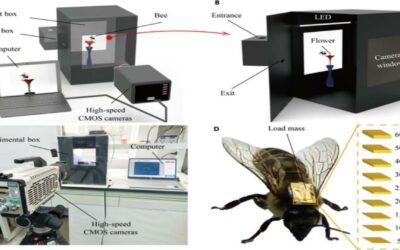This post was originally published on Sustainability Matters

The federal government has determined that lithium for batteries is a sovereignty issue to Australia on the expectation that lithium will be core to the future of energy. In an effort to improve domestic capabilities, the government is investing heavily in the construction of lithium hydroxide plants and the support for lithium mining and processing, and for battery manufacturing.
However, this lithium-centric approach may not be the panacea for Australia’s energy challenges, and the excessive focus currently could, counter-intuitively, cost us sovereign resilience in the longer term.
Lithium-ion batteries certainly have a key role to play in both energy storage and use. They are indispensable for applications such as electric cars and home appliances, and will be central in helping us move away from carbon-emitting transport.
However, they also have inefficiencies and risks that mean they’re not appropriate for every application. The highly reactive nature of lithium poses safety concerns, with risks of fire and explosion if not managed properly. As the number of devices with batteries increases, storage, disposal and recycling all become major challenges. Currently, the recycling of lithium-ion batteries is done in China, and transporting all those batteries is a safety concern. Additionally, the recycling process itself is highly toxic.
Moreover, the environmental footprint of lithium batteries cannot be overlooked. The extraction and processing of lithium bear significant ecological impacts, including water pollution and habitat disruption.
Another issue is that there is more in lithium batteries than just the lithium itself. The technology’s reliance on other scarce materials, such as cobalt, nickel and graphite, further complicates the sustainability equation. Whenever Australia relies on supply chains from overseas markets, particularly those in geopolitically sensitive regions, there is a level of risk to sovereignty that needs to be managed — a risk best mitigated by finding alternatives.
Finally, there’s the simple reality that lithium batteries are inefficient for many storage activities. The batteries do work, but the economics make it difficult to scale to underpin and guarantee grid resilience. That, coupled with the limited duration of energy storage that they provide means that they are insufficient to allow us to move the grid away from carbon-emitting fossil fuels in full. For that, you need economically viable storage with a duration of 12 hours or longer, and it is currently difficult, expensive and inefficient to press lithium into service that way, at a grid level.
For Australia to achieve true energy sovereignty — a state where it is not overly dependent on external sources for energy or infrastructure, the government needs to not focus on lithium, but invest broadly. The government’s ‘Future Made in Australia’ policy has the right intent. As do the initiatives that were announced through the budget. These programs aim to develop homegrown technologies and manufacturing capabilities, reducing reliance on international supply chains.
But a lot more needs to be done, and Australia needs to scale rapidly in several areas. There are several proven energy storage technologies beyond lithium, such as flow batteries and compressed air energy storage, which offer the potential for large-scale, long-duration energy storage. The best solution is to acknowledge that we’re currently playing catch-up and invest in lithium… but also recognise that we don’t want to fall behind with other emerging technologies, and so invest in those too so that we can approach the transition with a mix of technologies. This is also the only way that we can scale to fill the total capacity that we require.
Investing in the modernisation of the electricity grid to better integrate renewable sources and in energy efficiency measures for industries and homes is also crucial. Resilience in Australian energy should mean community-level generation and distribution, rather than the highly centralised and inefficient grid that we currently rely on.
Such a diversified investment approach would not only address the immediate needs of the energy sector but also foster long-term economic growth, job creation and environmental stewardship.
Dr Thomas Nann, a former professor of chemistry and nano technologist, is the inventor of a water-based, non-flammable battery technology.
Top image credit: iStock.com/PhonlamaiPhoto





0 Comments